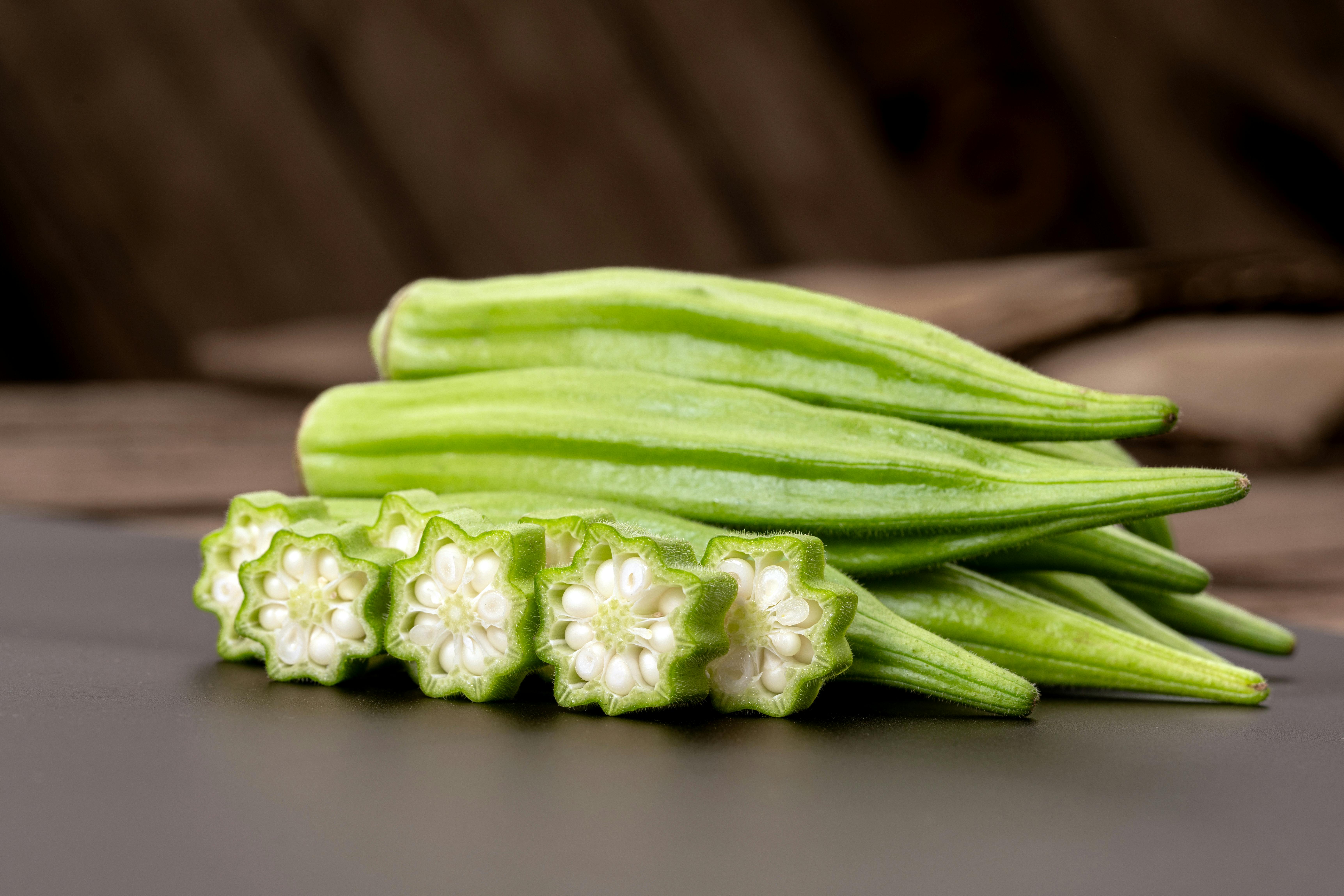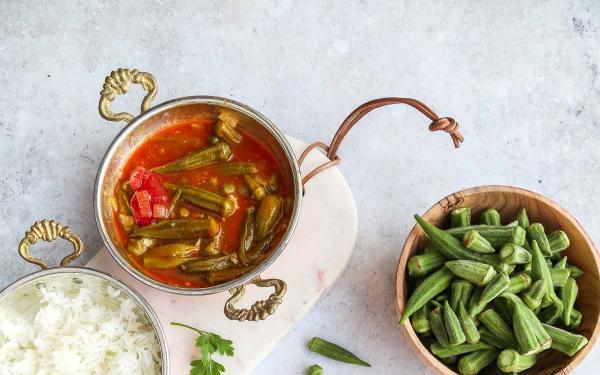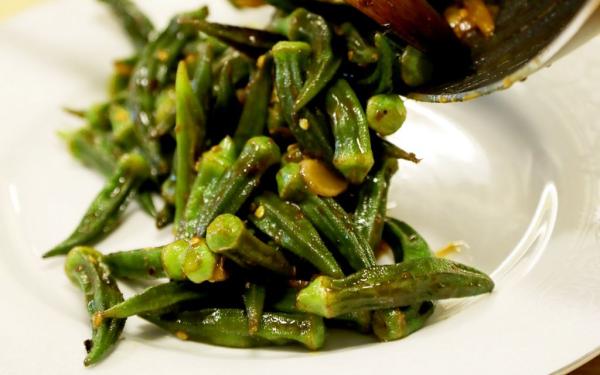Okra is a perennial plant native to Eastern Africa that is now used in many different cuisines. Part of its scientific name, Abelmoschus esculentus, is derived from the Arabic phrase “father of musk”, which is likely due to the musky aroma given off by the seeds when crushed [1]. Okra spread primarily through trade from Eastern Africa to Arabia, and then further east to South Asia. Although it had been circulating the Mediterranean sea earlier on, its first major introduction to Europe occurred with the Umayyad conquest of Spain [1].
Okra is cultivated in warm and tropical regions of the world, is very heat- and drought-tolerant, and can also adapt to a variety of soil types. However, it does prefer slightly acidic soil and needs lots of water during germination. Okra is typically harvested only a few months after planting, leaving the seed pods immature. If left to mature, they quickly become fibrous, woody, and inedible [1].

Cultural Relevance of Okra
Egyptian Preservation Methods
In Egypt, okra is traditionally preserved through air-drying. Fresh pods are spread on wicker trays or hung in open, sunlit spaces—often on rooftops—to dry naturally. This method, rooted in centuries of practice, allows the okra to be stored for long periods and rehydrated when needed for stews and sauces.
Levantine Preservation Methods
In the Levant, okra preservation forms part of the broader mouneh tradition—a system of preparing and storing foods to last through the year. One common method involves threading small okra pods with cotton string and hanging them in shaded, well-ventilated spaces for several weeks. Once dried, the pods can be kept for up to six to eight months. Oil-based preservation methods are also used to maintain texture and flavor.
Okra is relatively low in calories, but very high in essential nutrients including protein, fiber, vitamins A, C, K, and B6, folate, calcium, magnesium, and potassium [2]. It supports immune function, skin health, and digestion, and may even decrease risk for heart disease by managing cholesterol levels. It is also rich in the protein lectin, which some believe may inhibit the growth of human cancer cells, although the research on this is limited [3].
Okra holds culinary importance across the Middle East, but regional cooking techniques vary widely.
In Egypt, dishes often feature ta’leya—a fragrant garlic sauce added at the end of cooking to enhance flavor. The mefraak, a traditional wooden whisk used in Egyptian kitchens, is sometimes employed in the preparation of bamia maffrouka to create its signature smooth texture. In Levantine cuisine, okra dishes are typically finished with fried garlic and a mix of fresh herbs such as basil, coriander, or parsley, giving them a bright and aromatic touch.
The part of the okra plant that is most used for culinary purposes is the seed pod. However, young okra leaves are also edible, as are the seeds themselves. The leaves can be used in ways similar to other greens, including in salads, while the seeds can be roasted to create a caffeine-free coffee substitute [1].
Although technically classified as a fruit, okra’s seed pods are typically cooked as vegetables and are commonly known for the slime they produce. Although this slime is used in many dishes, they can also be “de-slimed” by cooking with acidic foods such as tomato [1]. Okra can be roasted, grilled, fried, baked, boiled, pickled, or sauteed to create a variety of different dishes, and it can be served as part of lunch, dinner, or as a side [2].
Sources & Additional Information



